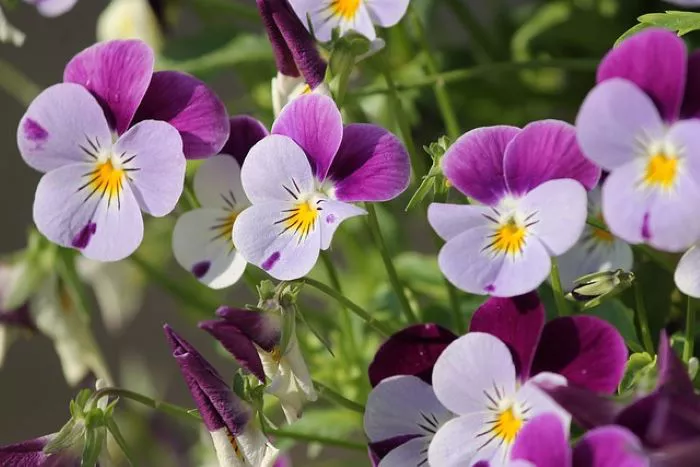Pollination is a crucial process in the life cycle of flowering plants. It plays a significant role in the reproduction of flowers and ensures the continuation of plant species. Understanding what pollination does for flowers helps us appreciate the intricate relationships between plants and their pollinators. This article will explore the process of pollination, its benefits to flowers, and its broader ecological importance.
Understanding Pollination
Pollination is the transfer of pollen grains from the male part of a flower, known as the anther, to the female part, called the stigma. This transfer can occur within the same flower or between different flowers of the same species. Pollen grains contain the male gametes, which are essential for fertilization.
There are two main types of pollination: self-pollination and cross-pollination. Self-pollination occurs when pollen from the anther fertilizes the stigma of the same flower. This process often happens in flowers that have both male and female reproductive organs. Cross-pollination involves the transfer of pollen between different flowers, which can increase genetic diversity.
Pollination can occur through various agents. The most common pollinators are insects, such as bees, butterflies, and moths. Birds, bats, and even wind and water can also facilitate pollination. Each pollinator plays a unique role in the process, contributing to the successful reproduction of flowering plants.
Benefits of Pollination for Flowers
Pollination is essential for several reasons. First and foremost, it leads to fertilization. Once pollen reaches the stigma, it travels down the style to fertilize the ovules in the ovary. This fertilization process is critical for the production of seeds, which are necessary for the next generation of plants.
The production of seeds is vital for the survival of plant species. Seeds contain the genetic material needed to create new plants. They also provide a food source for many animals, contributing to the food web. Additionally, seeds can remain dormant in the soil for extended periods, allowing plants to survive unfavorable conditions until the environment becomes suitable for growth.
Pollination also promotes genetic diversity in flowering plants. Cross-pollination introduces new genetic material into a population. This genetic variation enhances the resilience of plant species, making them better equipped to adapt to changing environmental conditions, resist diseases, and cope with pests.
The Role of Pollinators
Pollinators are essential partners in the pollination process. They help facilitate the transfer of pollen from one flower to another while searching for nectar and pollen as food. In doing so, they inadvertently contribute to the reproductive success of flowering plants.
Different pollinators are attracted to various flower characteristics. For example, bees are drawn to brightly colored flowers with sweet scents. They are also attracted to flowers that provide a reliable food source. On the other hand, hummingbirds are attracted to tubular flowers that produce nectar. Understanding these relationships helps gardeners and farmers select plants that will attract the right pollinators to their gardens.
The decline of pollinator populations poses a significant threat to flowers and, consequently, to ecosystems. Factors such as habitat loss, pesticide use, and climate change have led to a decrease in pollinator numbers. This decline can result in reduced pollination success, leading to lower seed production and diminished plant diversity.
Ecological Importance of Pollination
The ecological importance of pollination extends beyond individual flowers. Pollination supports entire ecosystems by promoting biodiversity. Many plants rely on animals for pollination, and these plants, in turn, provide food and habitat for various organisms.
Healthy ecosystems depend on the intricate relationships between plants and their pollinators. For example, flowering plants provide nectar and pollen for bees and butterflies, while these pollinators ensure the reproduction of the plants. This mutualistic relationship is vital for maintaining balanced ecosystems.
Moreover, pollination has significant economic implications. Many agricultural crops depend on pollination for fruit and seed production. Crops such as apples, almonds, and blueberries rely heavily on pollinators. The decline of pollinator populations can lead to reduced crop yields, impacting food supply and prices.
Conclusion
Pollination is a fundamental process that benefits flowers and the ecosystems they inhabit. It enables fertilization, promotes genetic diversity, and supports the production of seeds. Pollinators play a crucial role in this process, facilitating the transfer of pollen and ensuring the reproductive success of flowering plants.
Understanding the significance of pollination helps us appreciate the intricate relationships within nature. Protecting pollinators and their habitats is essential for maintaining healthy ecosystems and ensuring the survival of flowering plants. By fostering environments that support pollinators, we can contribute to the resilience and diversity of our natural world. In doing so, we not only enhance our gardens but also support the broader ecological balance that sustains life on Earth.


